Rome Gets Rare Snowfall, And It's An Ancient Winter Wonderland
Rome was greeted on Monday morning by its first snowfall in six years.
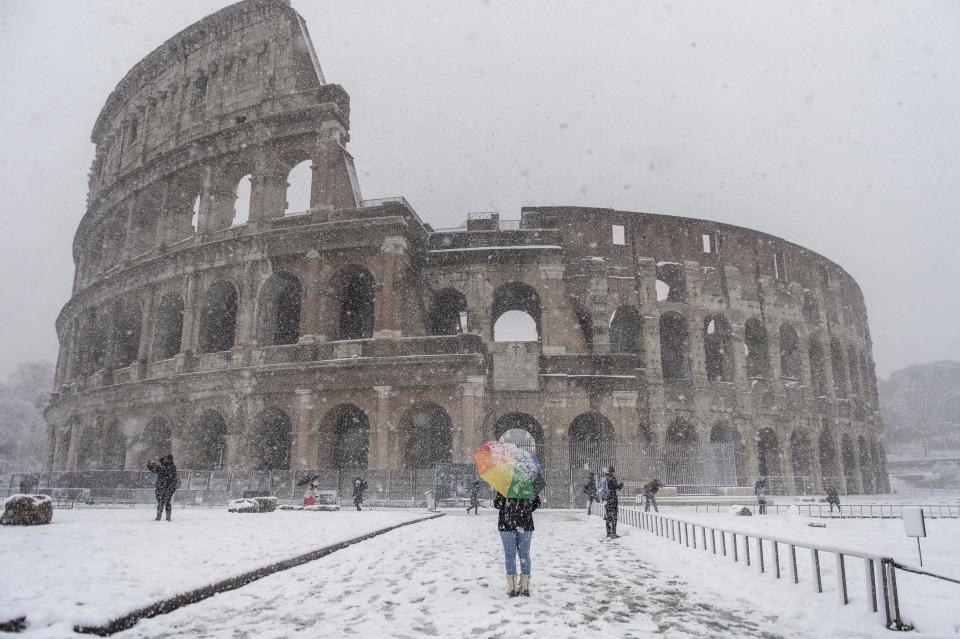
With 1.2 to 1.6 inches on the ground, the mayor of the Italian capital, Virginia Raggi, ordered public schools closed and many private schools followed suit. Authorities opened several train stations as emergency shelters for the homeless.
The uncharacteristic weather for the city stems from a massive cold front moving over Europe, dubbed by much of British media as “The Beast From the East.” The chilly temperatures span from the U.K. to Moscow, and nearly five feet of snow has fallen in areas of Croatia.
A car carrying Swedish Prime Minister Stefan Löfven skidded into a guardrail north of Stockholm during a blizzard, but no one was hurt.
The cold snap is expected to continue for the next few days, peaking on Thursday, U.K. Met Office meteorologist Becky Mitchell told CNN.
The wintery scenes in Rome have made for gorgeous pictures in photos and videos that have been cropping up all over, with the city’s most scenic and historical locales ― the Colosseum, the Vatican, etc. ― often serving as the backdrop.
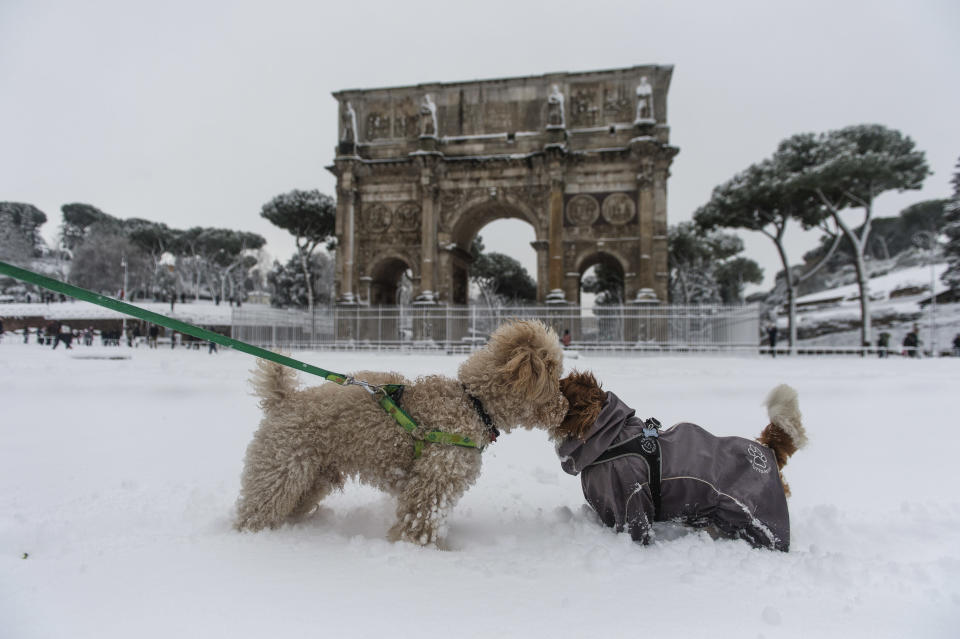
See more for yourself below:
Snow in Rome this morning. Children are delighted. Very little traffic, hardly anyone able to get to work. A special day. pic.twitter.com/6mAt40y1Ro
— Sally Axworthy (@SallyAxworthy) February 26, 2018
Snow in Rome ❄❄❄
It's a very rare event!! 😱😱😱 pic.twitter.com/YRDayfVsCf— Manuela ☁🎈☁☁ (@onlyellow) February 26, 2018
Snowball fight between seminarians from American College and British College. #rome #snowday #nevearoma #StPeters pic.twitter.com/BHj2apMFt3
— Molly Burhans (@MollyAHBurhans) February 26, 2018
Continua a nevicare abbondantemente a #Roma: scenari da favola in centro#neve #nevearoma #snow #Burian pic.twitter.com/VnS8bDVVSg
— Andrea Bettini (@andreabettini) February 26, 2018
A snowy Mausoleum of Hadrian #Rome #neveroma #archaeology pic.twitter.com/4kSLf6BGI8
— Stephen Kay (@stephenjohnkay) February 26, 2018
I’ve never seen Piazza Navona like this. Rome. Snow. Love it. pic.twitter.com/FLMSCjLSs8
— Nick Squires (@NickSquires1) February 26, 2018
Rome today 😍
Photo Reuters pic.twitter.com/24Wz9PJF0b— Laura Meseguer (@Laura_Meseguer) February 26, 2018
Neve a Roma #nevearoma #neveroma #roma #snowrome pic.twitter.com/KTIiX9hlHV
— Vincenzo Cirimele (@v_i_n_c_e_n_z_o) February 26, 2018
The Forum looking stunning in the snow. No people, just incredibly peaceful #neveroma #roma #forum #archaeology pic.twitter.com/HKeWndf2KV
— Stephen Kay (@stephenjohnkay) February 26, 2018
When Virginia Raggi preemptively cancelled all schools for Monday (from Mexico) I thought it was ridiculous. And then I woke up. Never seen this in 3.5 years #snow #Neve Roma pic.twitter.com/COWGQp6RCC
— Stephanie Kirchgaessner (@skirchy) February 26, 2018
Such a beautiful #goodmorning in #Roma 😍😍@Roma #snow #snowfall #buongiorno #nevearoma #Neve #26febbraio #26Feb #meteo #special #Rome #Maltempo #Snowing #cold #Amazing #snowday #Neve Roma pic.twitter.com/6NtewLjpQ0
— WOModa (@wo_moda) February 26, 2018
Love HuffPost? Become a founding member of HuffPost Plus today.
Also on HuffPost
Canale di Tenno
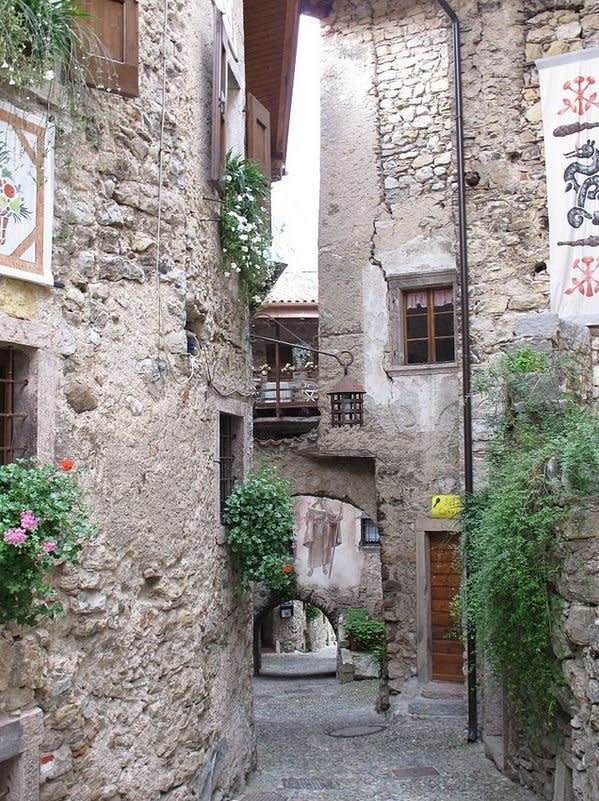
Curtatone Borgo di Grazie
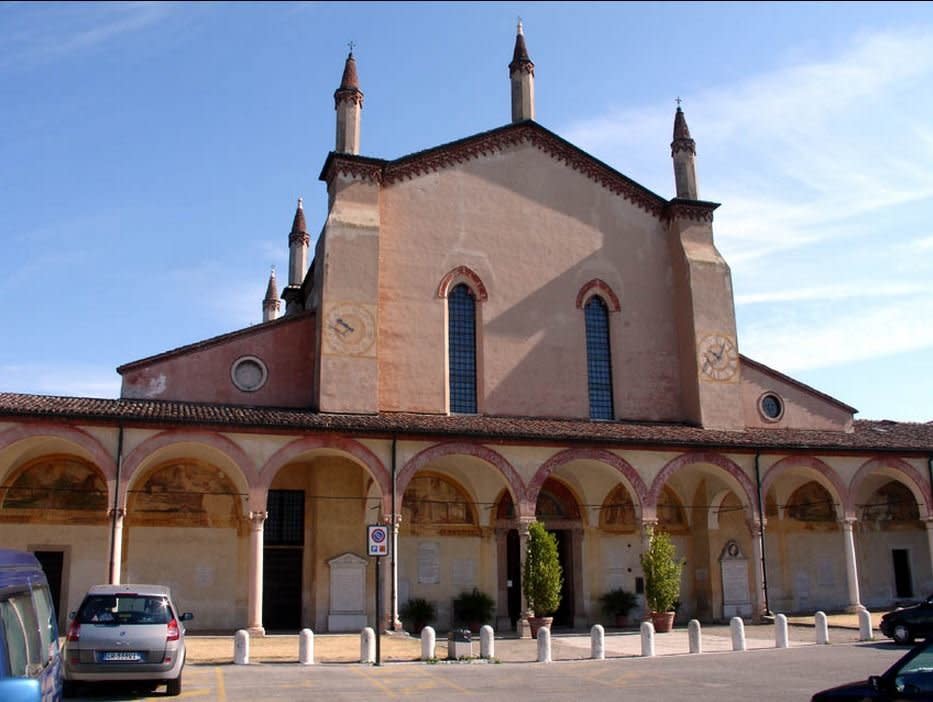
Vogogna
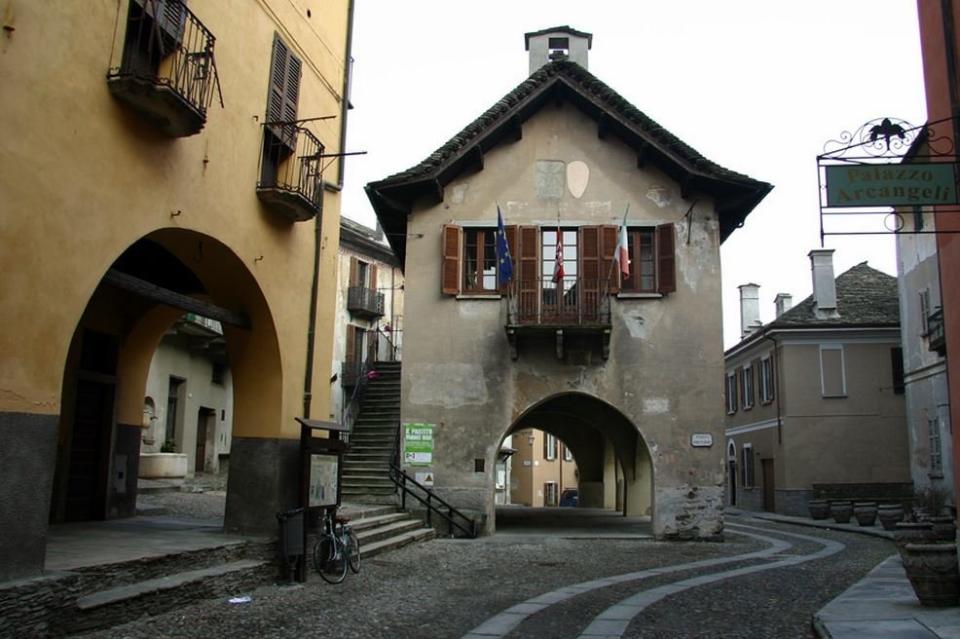
Dozza
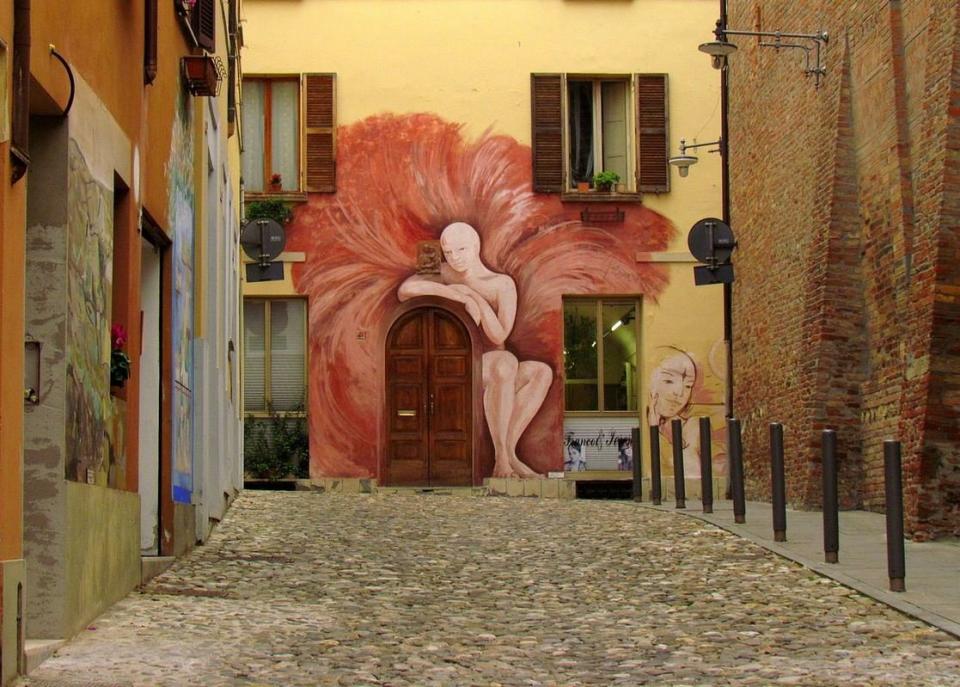
Apricale
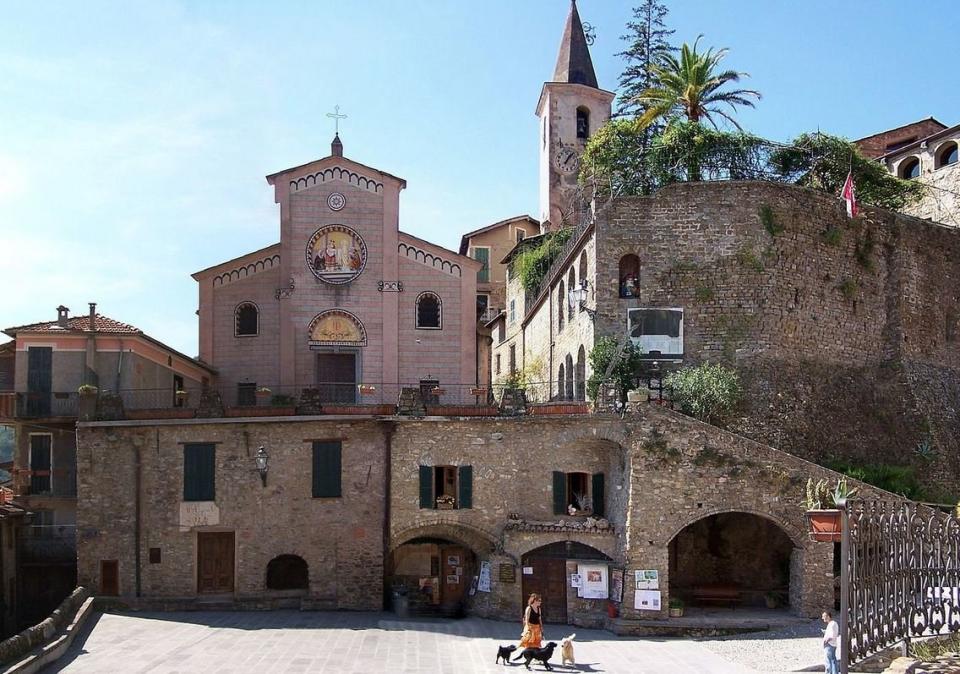
Cutigliano
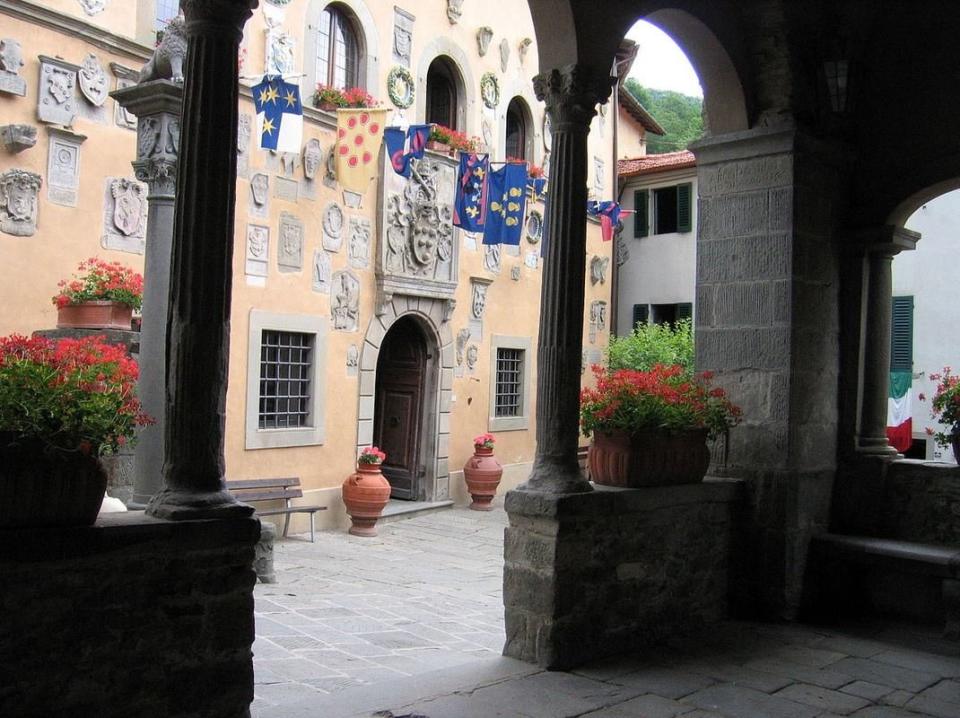
Visso
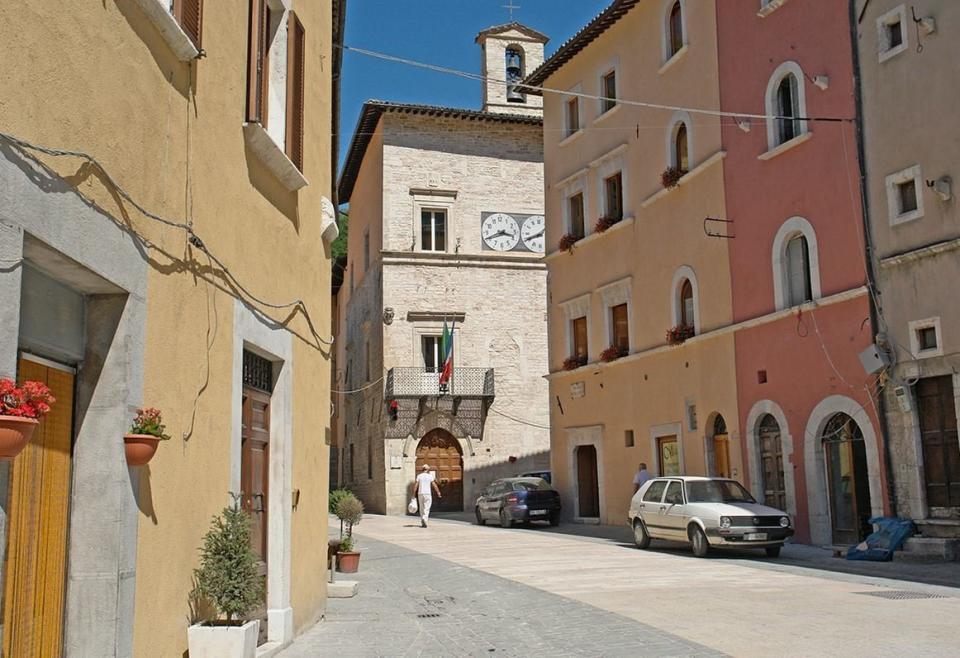
Castel di Tora
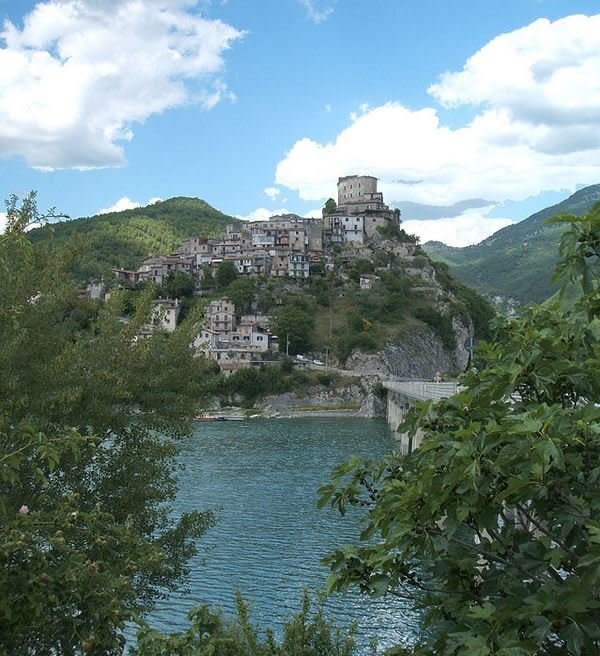
Bova
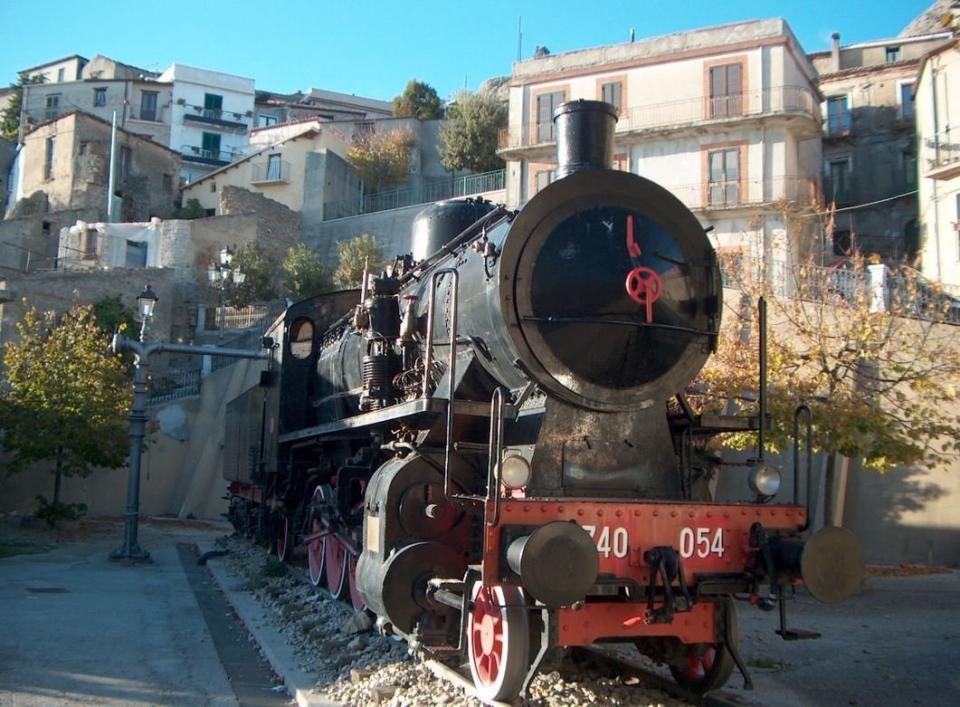
Sperlinga
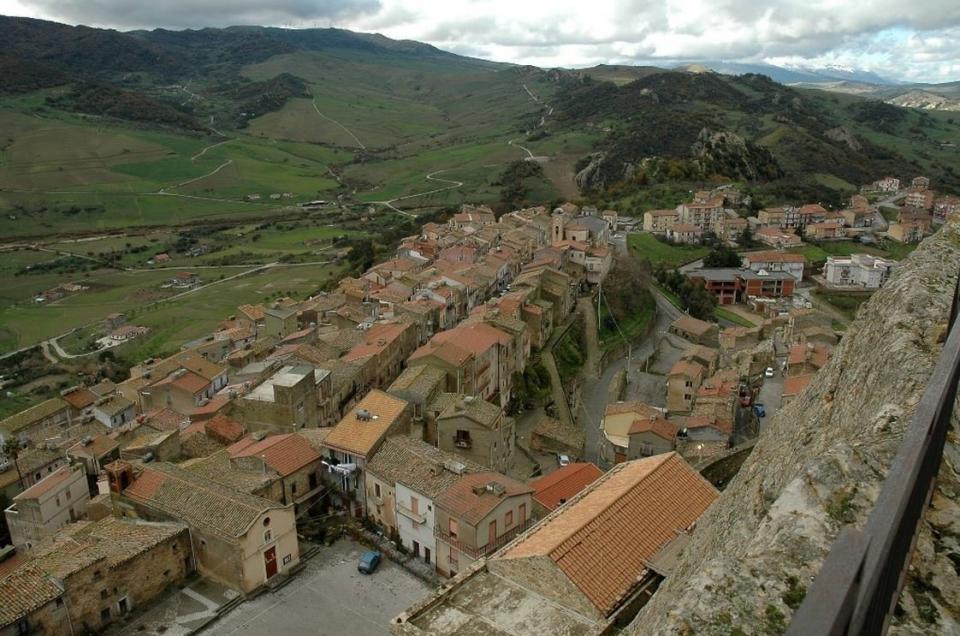
This article originally appeared on HuffPost.


